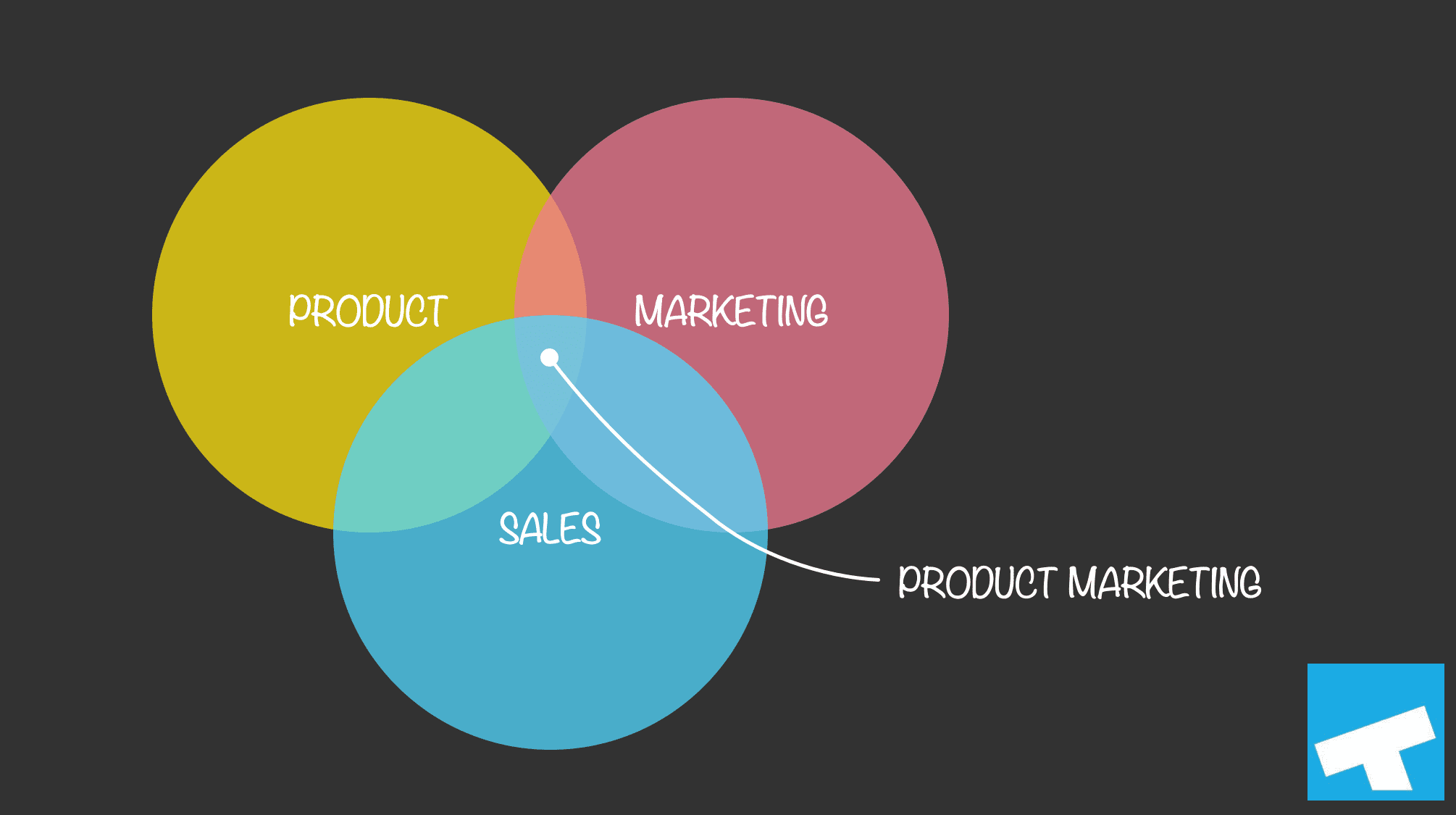Product Marketing, From a Growth Perspective

by: Scott Swanson
My expertise is in growth marketing, which is fundamentally the measurement and optimization of the pieces of customer acquisition and retention. Growth marketing includes all stages of the funnel, including the very bottom which is where most of product marketing responsibilities live. An example that comes to mind is while working with a project management SaaS company. They had sophisticated direct response advertising capabilities, but had extremely limited availability to business data. My first priority was to fix this low level of visibility.
Doing so we uncovered a number of problems, but there were three that really stood out: >80% of the closed/won deals were people coming to us for a demo, with the deal closing after the first call. Now, this probably doesn’t sound like a problem, but it uncovered a number of flaws in the business: the sales team was vastly over compensated; any leads that didn’t fit the exact ideal profile were ignored; and three: it covered up the core issue with this company’s growth: 90% of new customers left within the first year.
This is obviously much more of a product management problem than a product marketing one. But armed with this data, we were able to drive customer engagement using traditional and non-traditional methods, the most effective of which was creating user groups with our most engaged customers and eliciting feedback. This feedback drove future iterations of the product but more immediately, these small groups of engaged customers gave us a window into the souls of the users. Through these efforts we discovered that our product was uniquely suited for industrial and manufacturing and supply chain management.
I left about a year after we began making these changes, so I wasn’t able to see the full revenue consequences of these decisions, but one concrete impact I do know happened was that we began retaining manufacturing businesses at a rate of 90%, the opposite of the average customer at the time we began. And when I left, the manufacturing industry was top of mind across the company and was a part of almost every discussion.